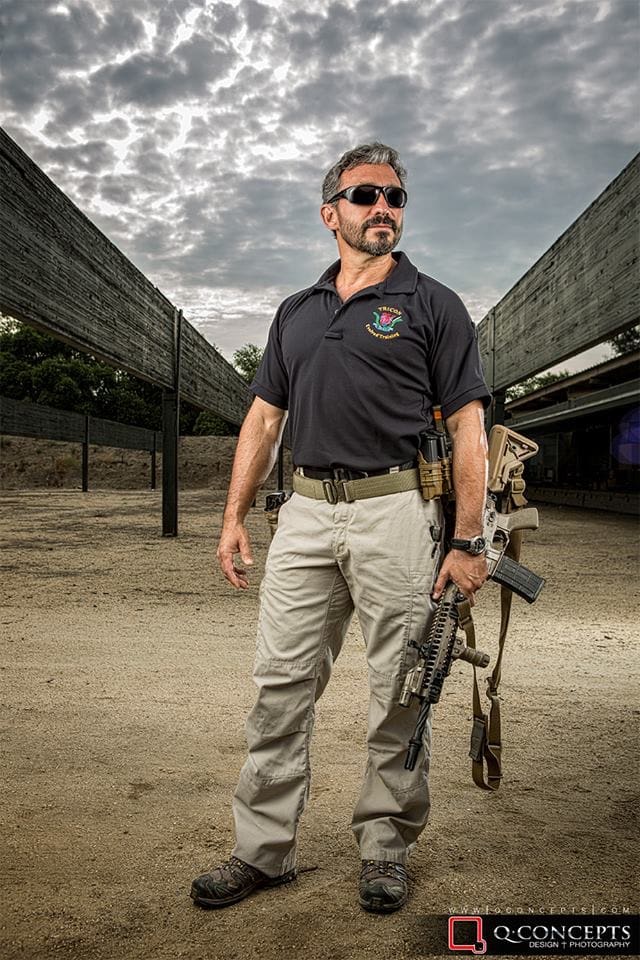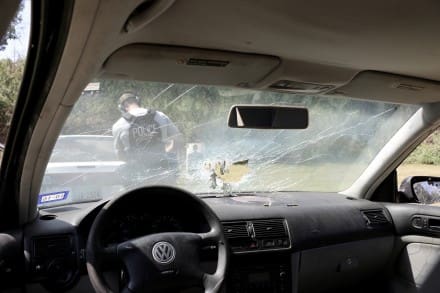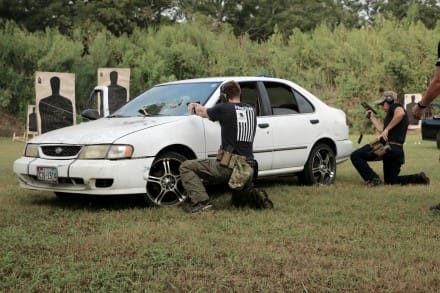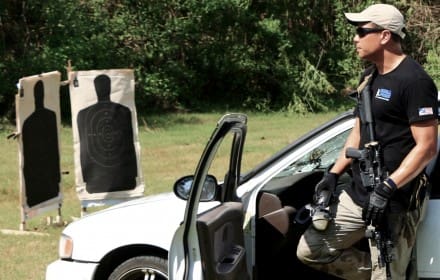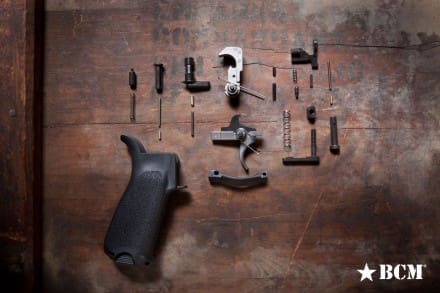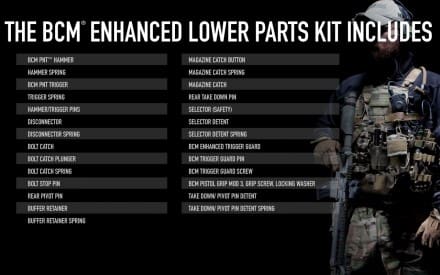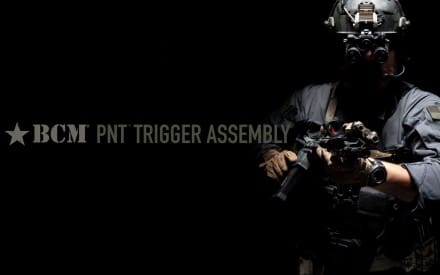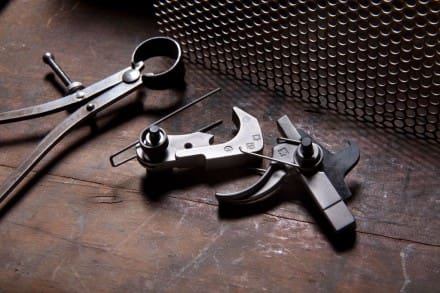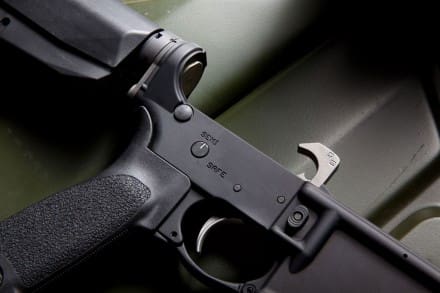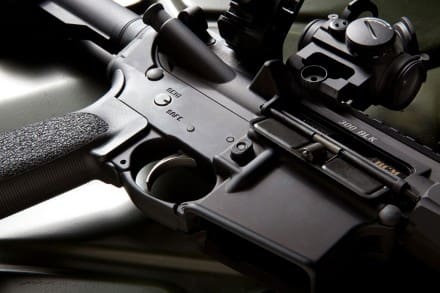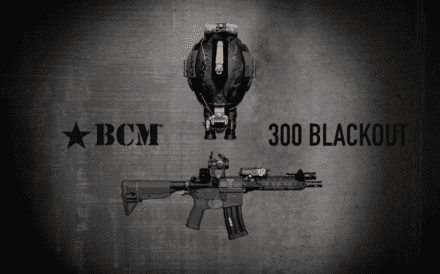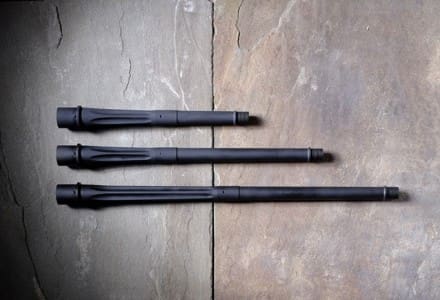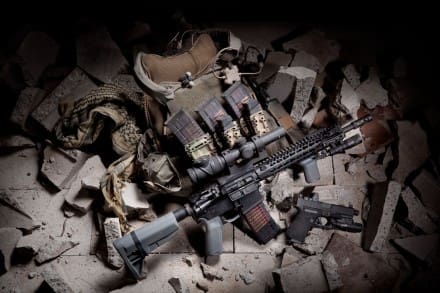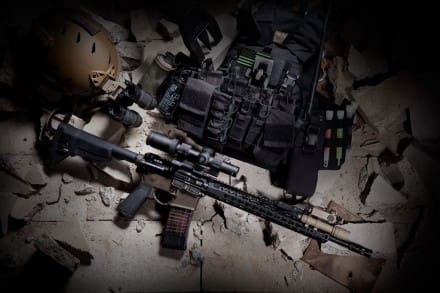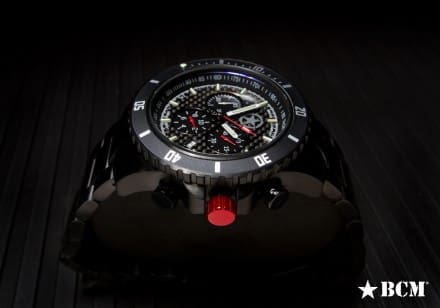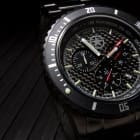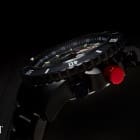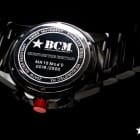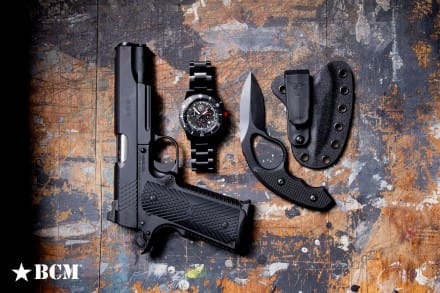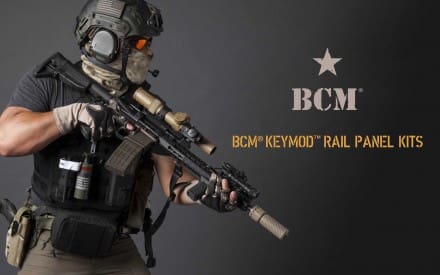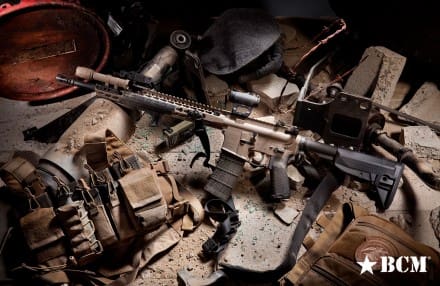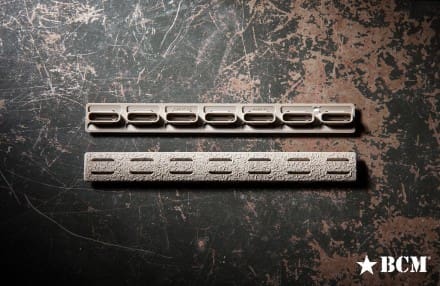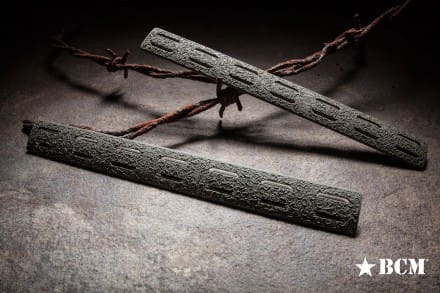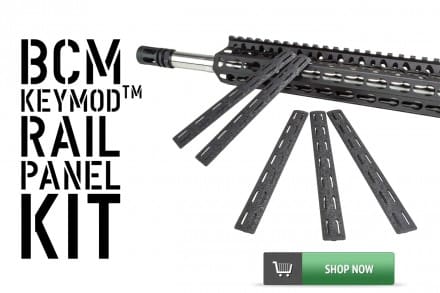Intermediate Positions
Recently I had the privilege of attending my good friend Pat Roger’s memorial weekend hosted by the Alliance PD to provide some blocks of instruction on the rifle and one of my favorite rifle drills.
Priorities
While getting setup for the rifle drill we spent time reviewing positions and specifically the kneeling position. I love a good kneeling position, but I am surprised by how little work most people put into the positions. First, this is how we look at any of the positions for use on a battlefield, they are designed to help take advantage of available cover. Kneeling is a great intermediate position, high enough to shoot over some taller oddities and low enough to get under some. The mistake people make is thinking a kneeling position is there to increase your accuracy. It is not, it is there to take advantage of cover first and if possible improve your shooting your position second.
Stable shooting platform
Since we focus more on the cover aspect we have to rely on good technique to improve our marksmanship. There are so many different forms of kneeling out there, but don’t get hung up on whether it is a double knee, high knee, speed knee or some other crazy kneeling position. The body is still broken down into two parts, the upper and lower units. So many focus only on the lower unit, how they are kneeling and forget to work their upper unit. Truthfully, it doesn’t matter what type of kneeling position you use as long as you can take advantage of the cover you are trying to use and are stable enough to get your hits on target.
Pulling power
The key to the kneeling position has to do with your upper torso. Most folks just “hold” the weapon in their shoulder pocket. You need to pull the weapon into your pocket and not with just your arms. You need to engage the muscular chain of the upper back region. All those large and intimidating muscles that have tremendous pulling power compared to your wimpy arms. Let’s face it, if all you have to work the rifle is your arms you are missing out, now image recruiting the larger muscle groups to see the range of your effectiveness.
Muscle recruitment
Through years of frolicking about we discovered the benefits of muscle recruitment as it relates to shooting, it is hard to find a better example than kneeling. While you might be able to assume a stable lower unit on the flat range, the battlefield is less forgiving. As long as you are balanced and won’t fall over, you need to concentrate on retractor your shoulder blades, almost pinching them as if you are holding an object between them. That is were you see the stability you need to make hits at the extended ranges. While most folks don’t play with the kneeing at extended ranges you may not have a say in your gunfight. If you have to hit a target at 75, 100 even 200 yards while taking advantage of cover you may have to rely on technique alone.
You can opt to employ other techniques such as resting on objects, sling use or even aftermarket devices to help with recoil, but those are not a replacement for skill. I have seen folks engage targets well outside the normal range, they did so because they took what God gave them and exploited it on the battlefield.
– Jeff Gonzales
Trident Concepts, LLC
Jeff Gonzales of Trident Concepts, LLC is a decorated and respected U.S. Navy SEAL who has worked in a variety of environments and capacities throughout the globe. He specializes in personal protection tactics and training for armed and unarmed conflicts. His motto is “Concepts that meet reality”. Jeff’s goal is not simply to train you, but to better prepare you for the worst-case scenario.
Gunfighter Moment is a weekly feature brought to you by Bravo Company USA. Bravo Company is home of the Gunfighters, and each week they bring us a different trainer to offer some words of wisdom.


